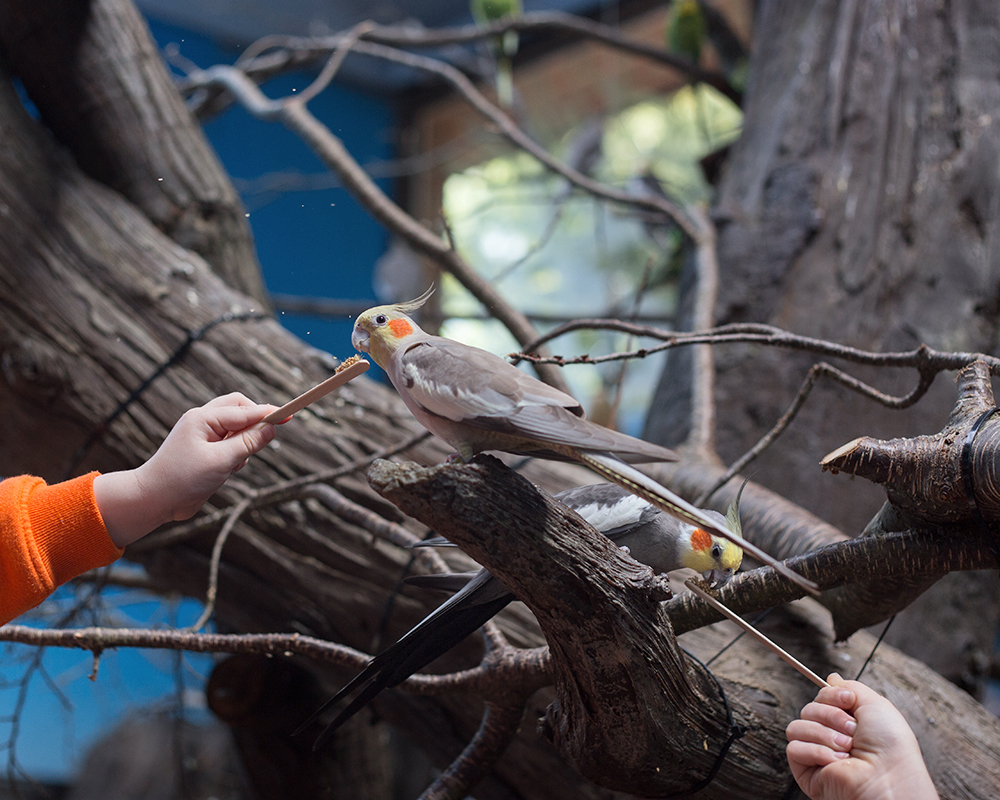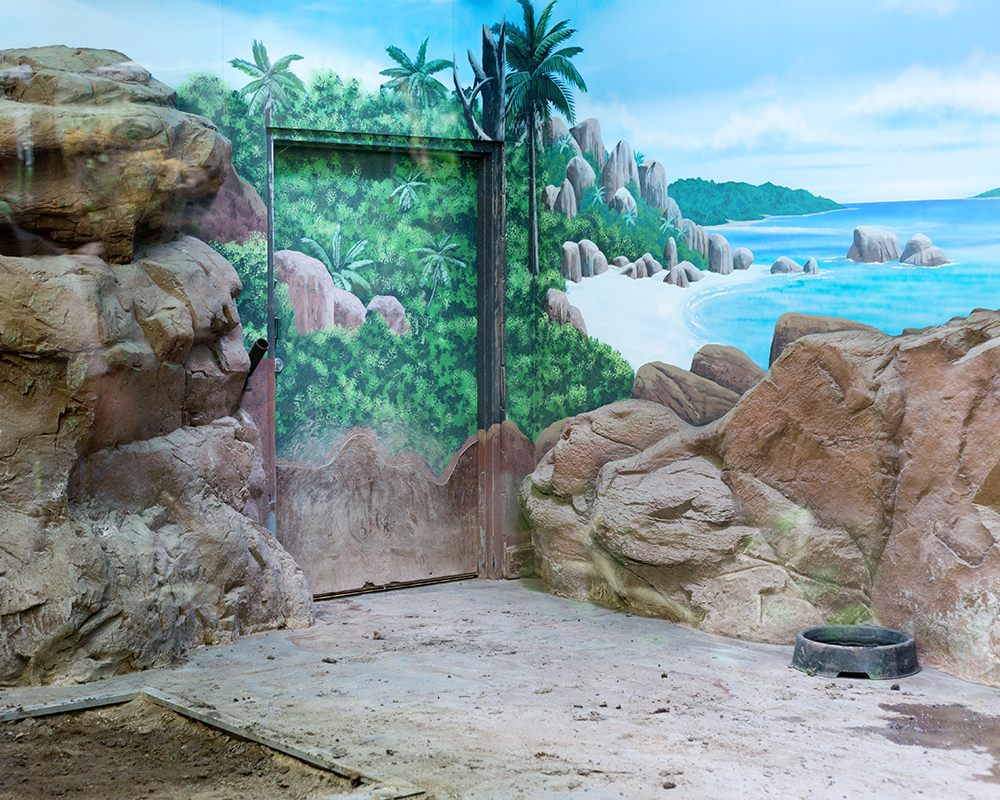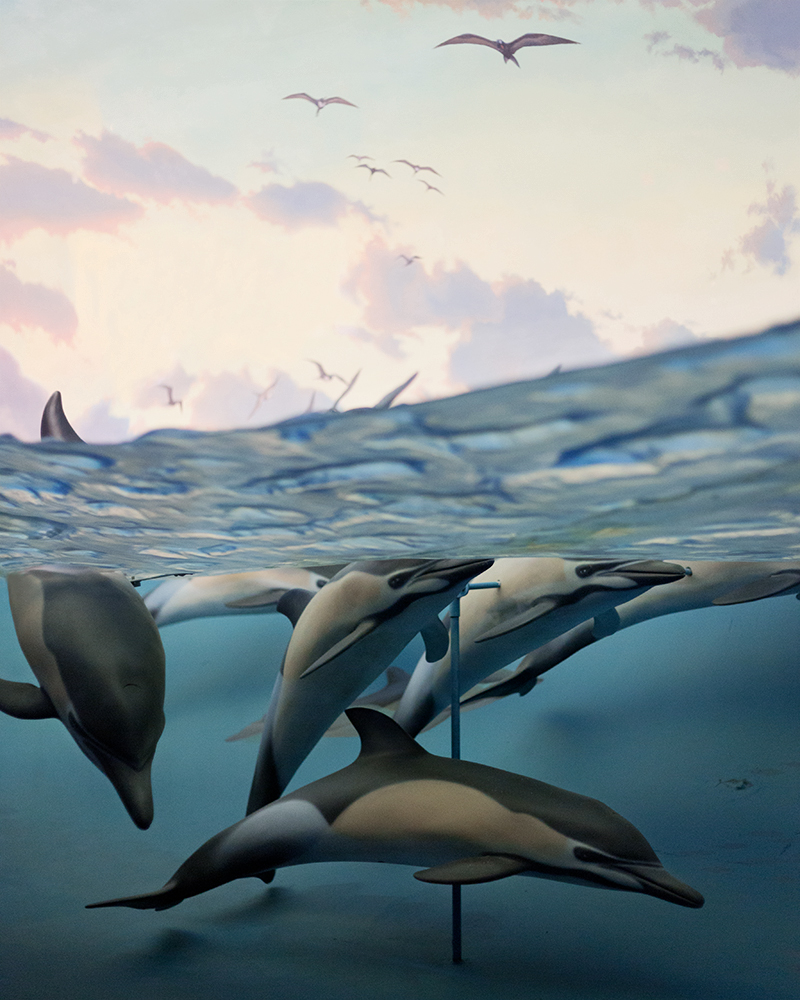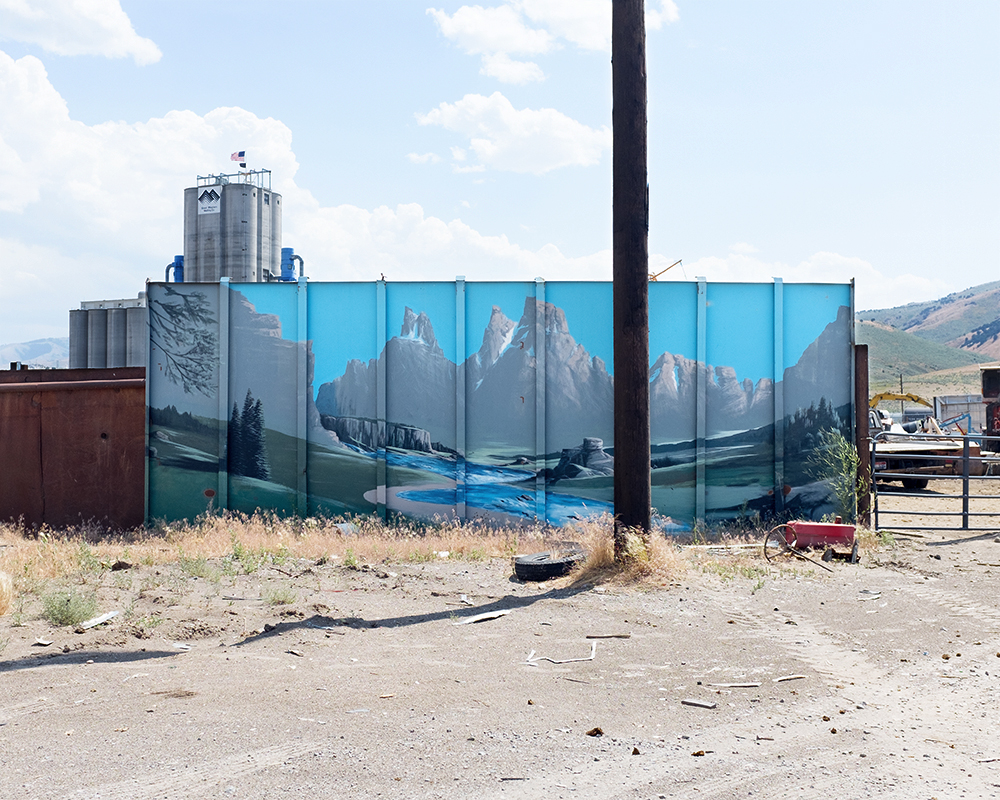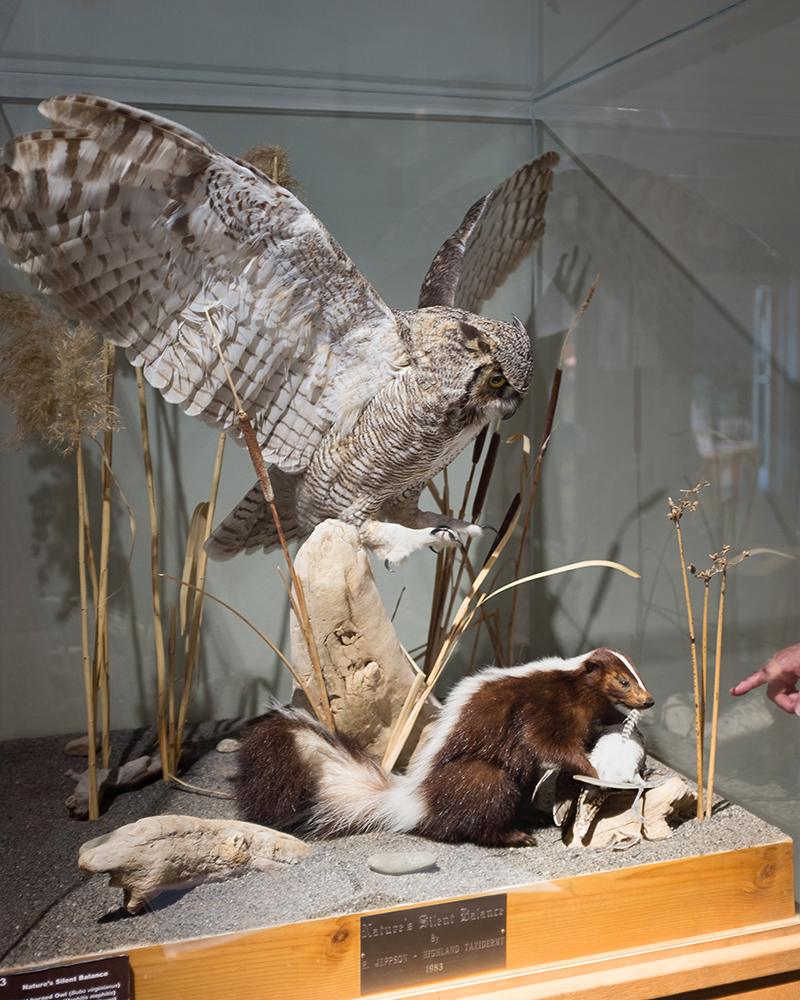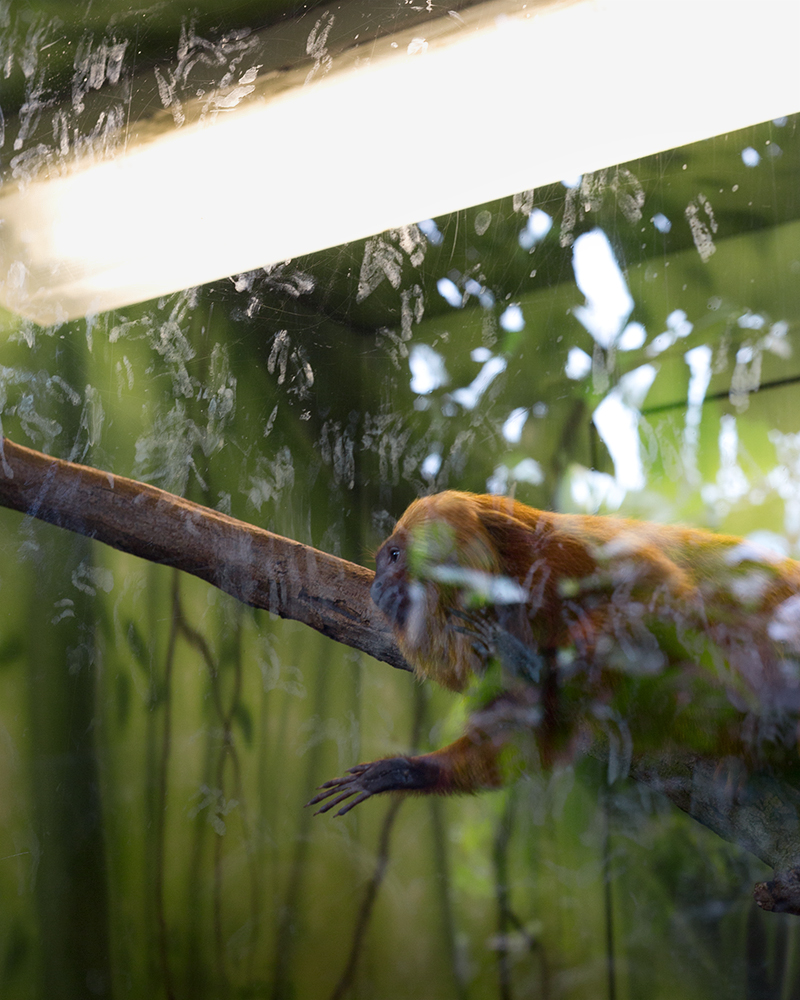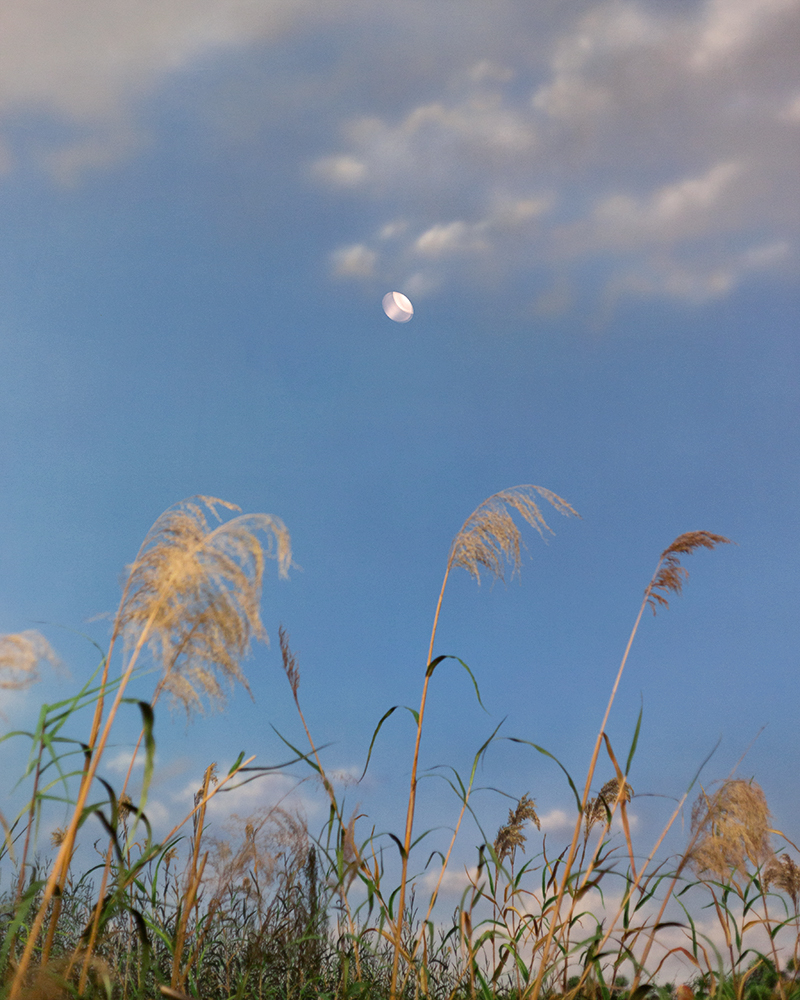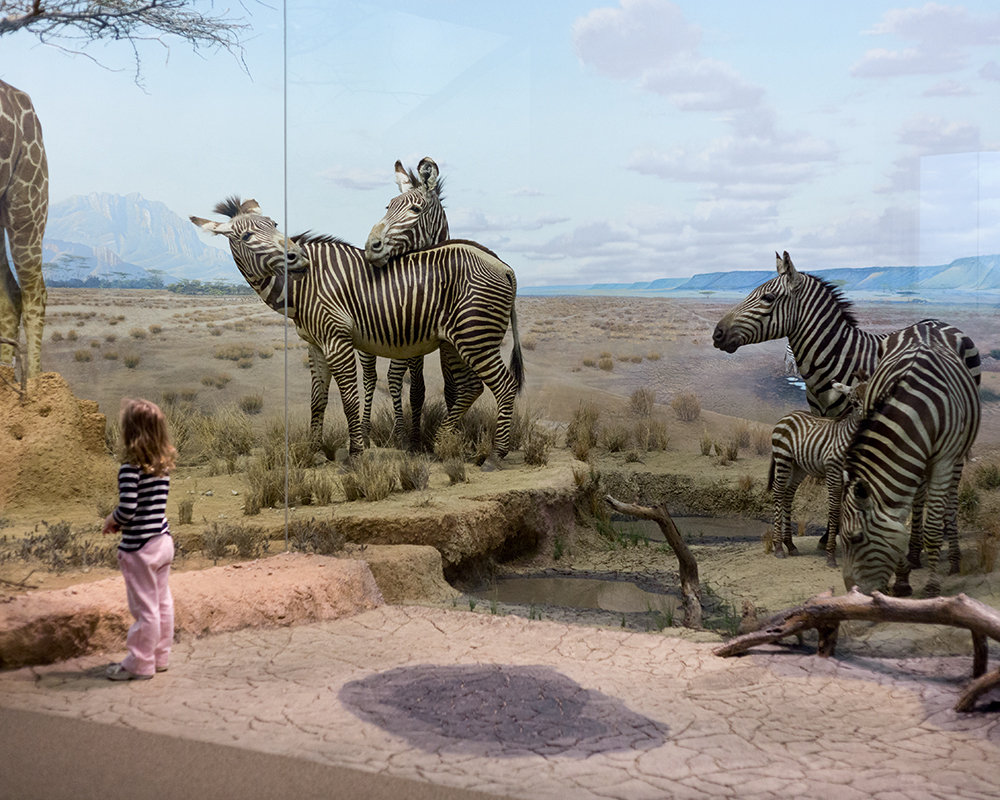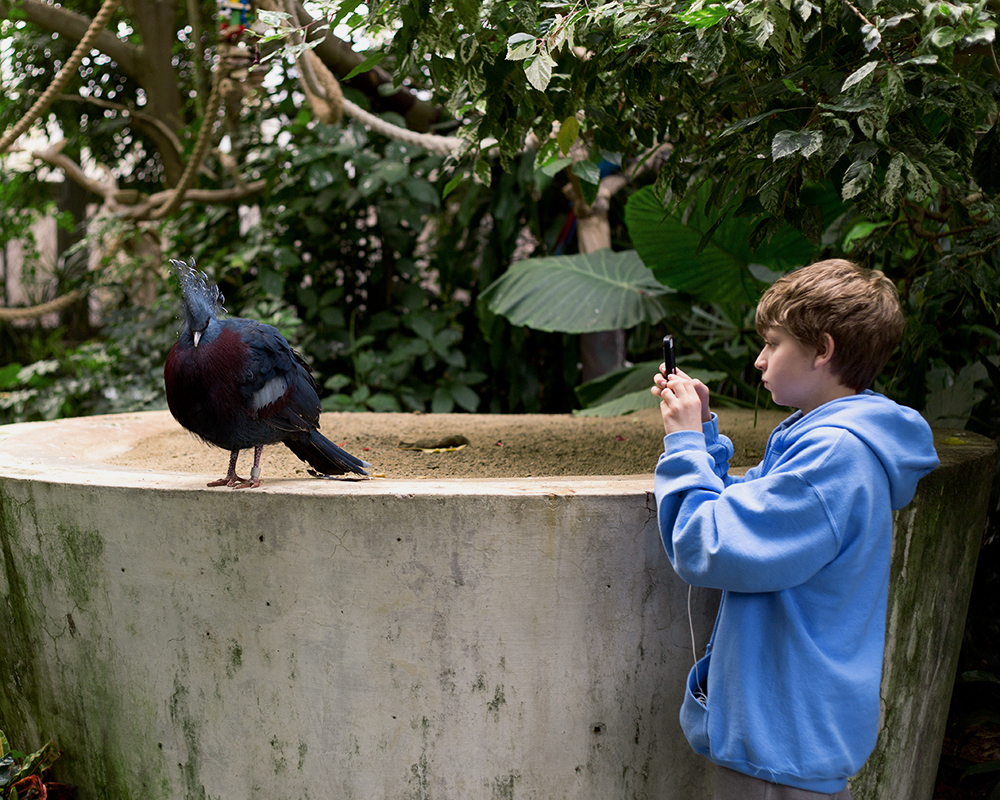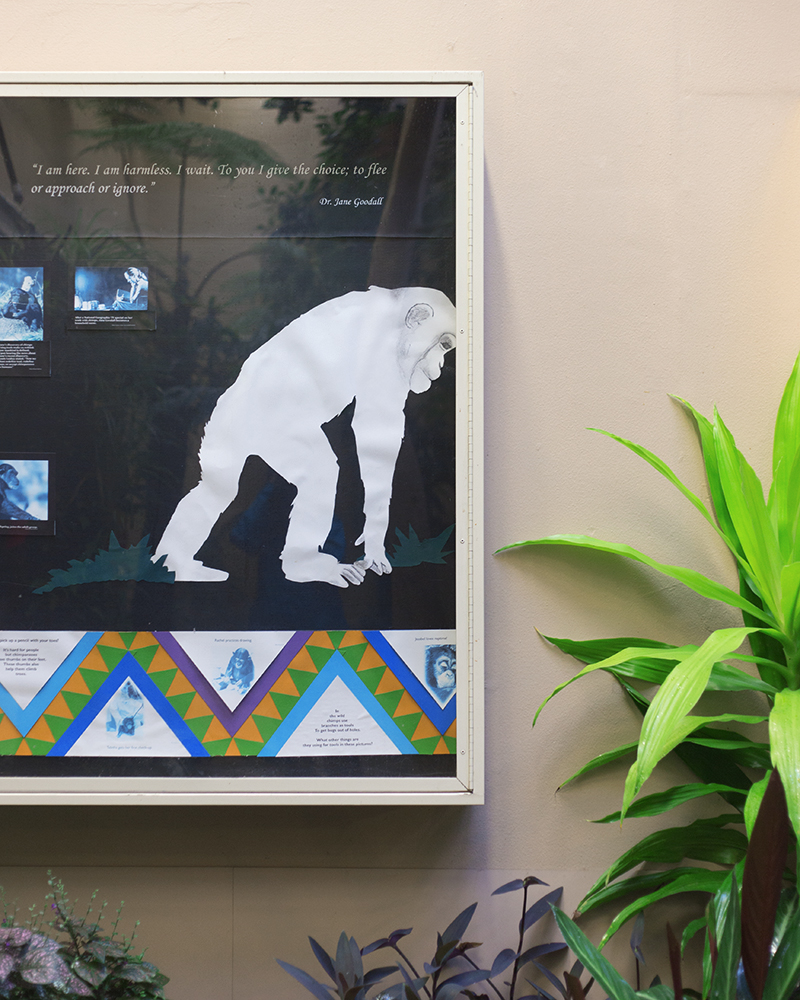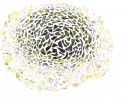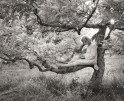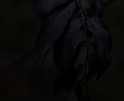Emma Kisiel: Real Enough
Projects featured over the next several days were selected from our most recent call-for-submissions. I was able to interview each of these individuals to gain further insight into the bodies of work they shared. Today, we are looking at the series Real Enough, by Emma Kisiel.
Real Enough
Daniel George: Your photographic work is about animals, and you founded Muybridge’s Horse — the animal-centric photo blog/database. What is it about animals that compels you to devote so much time and attention to them?
Emma Kisiel: I honestly don’t really know what it is about animals. I have felt super drawn to them – like, magnetically – for as long as I can remember, and it’s just never gone away. Being around animals usually requires you to be quiet and gentle and still, and as a shy, sensitive kid, that was very comfortable for me.
While maybe the obvious answer to this question is “Animals are so much like us,” I think I am so curious about and interested in animals because of the ways that they are not like us. There’s so much to be learned from animals about what it is to be a living creature.
DG: You have been working on this project since 2013. So, there has been some evolution. What do you anticipate the future of the work to look like?
EK: Although I consider this body of work “completed” as of 2017, truthfully I’m always photographing with it in mind. I’m working on two projects now: wrapping up a series about pet cemeteries and monuments to dead animals all over the country, and spending time on the Oregon Coast photographing the rabbits that live outside in the town of Cannon Beach. I’m always examining the ways in which humans and animals coexist, how humans feel a need to be near animals, and how there’s often a struggle to connect in meaningful ways. I anticipate I’ll spend the rest of my life pondering whether the relationship we share with animals and nature is “real enough.”
DG: What benefits and drawbacks do you see in the mediated “wildlife” experiences that you document?
EK: I think there are a lot of benefits to the type of wildlife experiences that I document. It’s important that people are able to observe and experience animals of all kinds, up close, not just in books or on television, and beginning at a young age. Learning about and spending time with animals is how we learn to be compassionate and practice empathy toward them – and toward other humans.
As for drawbacks, of course the experience feels manufactured. While it’s ideal to see animals in their natural, undisturbed habitat, doing so feels like an incredible privilege in this day and age. The loss of our National Parks and other protected and preserved spaces would be enormous. That’s on my mind a lot when I’m photographing – what it would be like if zoos and museums the like were the only places where you could see “wild” animals.
I think the efforts of places that offer wildlife experiences are complicated. Mediation is necessary. The limited nature of these interactions is not unintentional; it’s to keep both the animals and viewers safe. At many of the less “sanctioned” venues, such as rural roadside zoos or drive-through safaris, I find the mission and methods questionable, not in line with established knowledge and practice. I try to be really careful about judging an operation because it means judging the people, their socioeconomic class, their culture. There’s a lot of privilege that enables folks to study animals at an advanced level, provide for them in a way that meets ever-improving standards. Imagine the experience of a child living in the inner city, with no open natural spaces around and nowhere to see animals other than cats and dogs and some birds. Any wildlife encounter is invaluable to them. I appreciate that.
DG: What are your thoughts of the substance and artifice of these interactions?
EK: From a completely personal perspective, I enjoy the combination of substance and artifice inherent in these interactions. Whenever I come across a scene that’s odd and funny and that I think would make an interesting scene for other people to look at via photograph, I’m so amused. Humans ourselves are just these little animals trying to understand and spend time with other little animals.
I think substance is lacking when an exhibit or a display skews too much toward either “dulled down” or “played up.” Animal behavior is messy and scary and sad, and I think people need to see that and appreciate the broad perspective (i.e. live feedings at zoos and dioramas showing predators killing their prey). Conversely, animals aren’t always glamorous (and they’re not always cute!), and I don’t think we should expect them to be. They don’t exist to perform for us. They’re also not furry humans, with emotions and motives and actions that directly mirror ours. Yes, they’re like us, but they’re also very different. We need to respect that.
DG: Do you feel your photographs contribute to the conversation on conservation? In what ways?
EK: I feel that way vaguely. My photographs are often made in places where conservation is at least part of the goal. I feel like this series in particular causes viewers to pause and spend a bit of time thinking about a scene they’ve probably come across in their own visits to zoos and aquariums and natural history museums. That’s what I hope, anyway. I like to draw attention to things and ask questions much more than I like to present answers. There are some views and practices that I disagree with regarding conservation (among animal consumption, treatment of pets, etc.), but it’s more important to me to respect where others are coming from than to try to correct them or convince them that my thinking is right and theirs is wrong. We need to be having conversations about conservation, and art and photography play a major role in that. I think it’s necessary that people challenge their beliefs. We as humans need to be working to seek meaningful interactions with animals.
Posts on Lenscratch may not be reproduced without the permission of the Lenscratch staff and the photographer.
Recommended
-
Aaron Rothman: The SierraDecember 18th, 2025
-
The Female Gaze: Alysia Macaulay – Forms Uniquely Her OwnDecember 17th, 2025
-
Ellen Harasimowicz and Linda Hoffman: In the OrchardDecember 5th, 2025
-
Elisabeth Nordeng Aanes: Ashes to AshesDecember 3rd, 2025
-
Jackie Mulder: Thought TrailsNovember 18th, 2025

